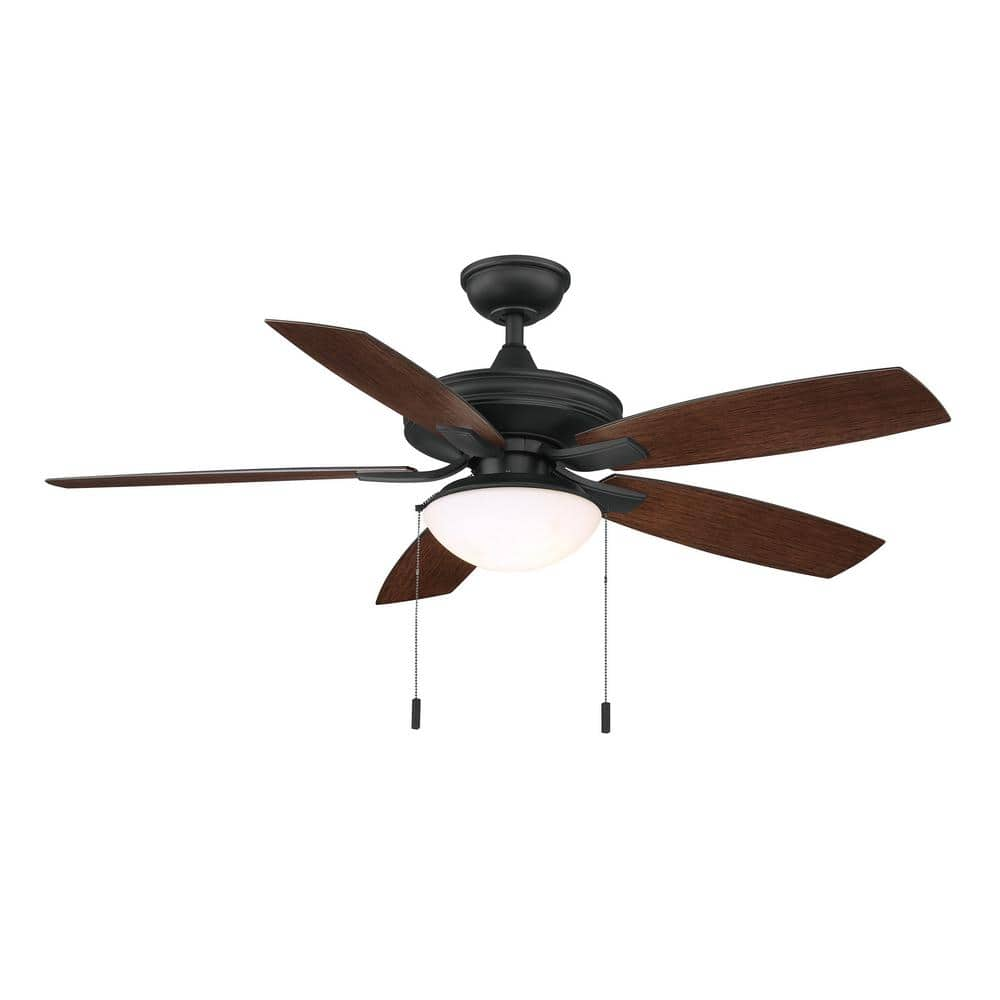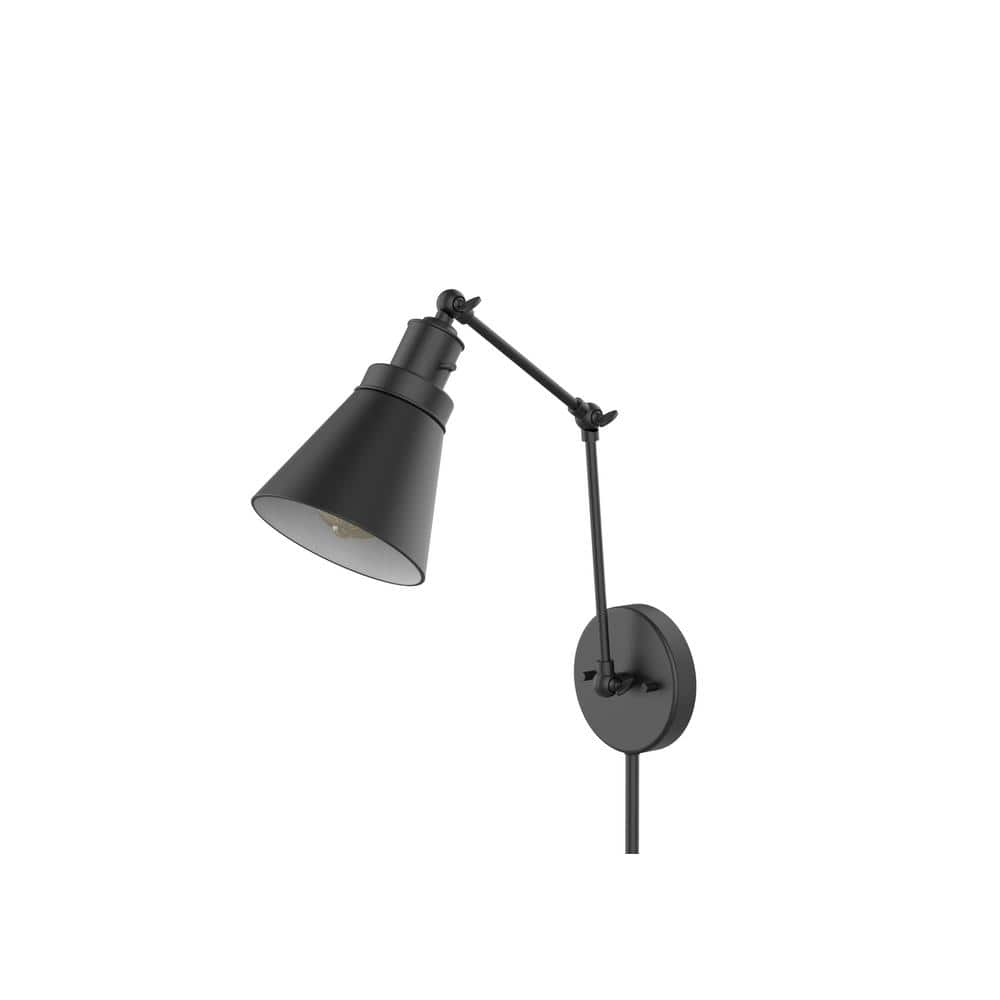Hampton Bay Gazebo III 52 in. Indoor/Outdoor Natural Iron Ceiling Fan with Light Kit
Outdoor ceiling fan is wet-rated for lasting exterior use. Five weather resistant, reversible blades and LED bulbs included. Ideal for use on patios, decks, or an outdoor gazebo or pergola.
The Hampton Bay Gazebo III Natural Iron Ceiling Fan features 5 reversible weather-resistant Jacobean Walnut/Natural Iron blades and a natural iron finish that looks great in either an indoor or outdoor setting. A dome-style light kit with frosted glass completes the overall design. The Gazebo has an optional 3-speed control with reverse setting and a wet-rated housing for outdoor use. Uses two 9-Watt LED bulbs (included).
- 5 reversible weather-resistant Jacobean walnut/natural iron blades for an interchangeable look
- Dome-style light kit with frosted glass
- Uses two 9-Watt LED bulbs, included
- Item has an optional 3-speed control with reverse setting and a wet-rated housing for outdoor use
- Decorative canopy ring and coupling cover are used to conceal any exposed screws
- Weather-resistant blades and wet-rated housing allows for outdoor use
- Large room: size from 12 ft. x 12 ft. to 18 ft. x 18 ft.
- 4-1/2 in. extension downrod in natural iron finish with 3/4 in. Dia
- Can be installed with or without a light kit
- Wet rated
- Lifetime motor warranty
Additional information
| Dimensions | H 17.5 in, W 52 in, D 52 in |
|---|---|
| Downrod Length (in.) | 4.5 |
| Fan Blade Length (In.) | 20.67 |
| Fan Blade Span (in.) | 52 |
| Fan Blade Width (In.) | 6.3 |
| Manufacturer Warranty | Lifetime motor warranty |






by William
This cafe fan with light looks good and functions well. Assembly/installation instructions were illustrated and reasonably understandable. Assembly/installation took longer than expected. If I were smarter (or doing a second one) it’d take half the time. Final steps required working with somewhat hard-to-reach screws, and with small screws, a challenge to big fingers. But the unit works great and looks good.
by Lizzy
Love the fans for our deck! Installation directions were clear and fairly simple.
by Lisa
Excellent quality, easy to set up. Very pleased with the product.
by Chris
This fan is excellent and looks great in my living room. Smooth and has the right amount of light I need.
by Mike
The fans look and work great above our covered patio.